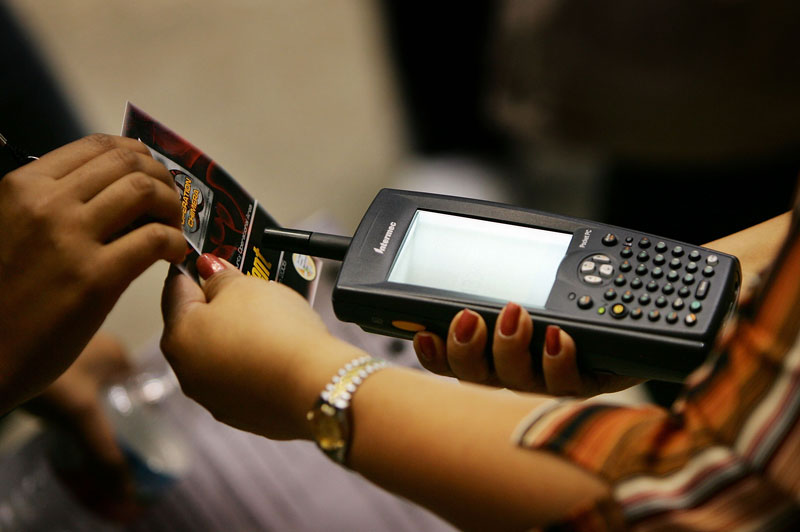This article will give you some advice about RFID tag application. RFID tags, also called smart tag, are a useful tool for tagging and tracking consumer products, monitoring inventories and handling other applications. Sometimes it feels like a chicken and egg story, customer view point is, if tag price is down, we may have more deployments and more volume consumption would fall inline. I have worked in almost all major industry verticals here in India and see this challenge of tag price for re-usable or one time used smart labels or simple inlays. In my opinion, tag price is critical, but unless project is scope and designed in such a way that it impacts the business case, it has an ROI. Anyways, I think it is bound to be this way atleast in this part of the world which is very price sensitive. Until the cost drops, below 1 cent is is not cost effective to add RFID to these items.
We have seen exactly the same situation in the transit industry with the contactless paper tickets. As a conclusion I would say that the business model customer are willing to implement should be the key issue to adopt or reject RFID tag technology. Even at the plant where we converted Chuangxinjia RFID labels the operators didn’t fully get the idea of the price difference. An RFID programmer encodes information onto a tiny microchip within a thin RFID tag that looks much like a normal pressure sensitive carton label. RFID readers that work on the same protocol as the tag are distributed at key points throughout the supply chain.
These readers activate the tag, causing it to broadcast high frequency radio waves within bandwidths reserved for RFID usage. RFID microchips contain circuitry capable of handling a variety of functions from power conversion to data storage and retrieval. Traditionally, RFID antennas were etched from copper a relatively slow, relatively wasteful process. However, in a typical realworld application, that function is accomplished within an RFID enabled printer or printer/applicator. Passive tags are the most economical type of RFID tags and the most common tag used in supply chain applications.
Passive tags do not have an onboard battery like active tags, instead relying on the RFID reader to provide the power that will allow them to broadcast their signal back to the reader. UHF means ultra high frequency, and refers to the frequency at which the RFID reader operates and reads the RFID labels. UHF RFID tags are known for having longer ranges, and are thus suitable for supply chain applications. Radio Frequency Identification (RFID) is an automatic identification method that stores and remotely retrieves data via an RFID tag or transponder.
Not sure what is the right tag for you or don’t see the RFID tag you need on our website, call us we have RFID experts waiting to help. It is one of the most used dimensions 50 x 50 mm. These highly reliable labels contain a chip standard SLIX. The technical parameters are the same as the type of the Smartlabel 110, has the rectangular dimensions of 50×80 mm. Also, these labels can be imprinted. Special ring label with a diameter of 40 mm is intended for application to the media type CD. Technical parameters correspond to the labels for the book.







